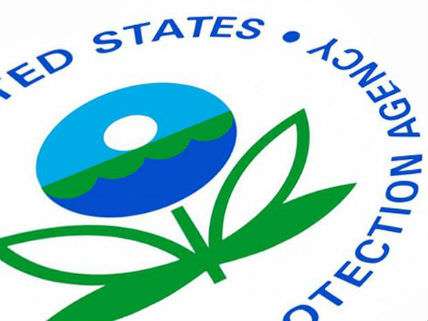How Much Will Obama's Clean Power Plan Cost You?
Depending upon whom you believe, estimates range from net savings to hundreds of dollars more.

Today, President Obama and the Environmental Protection Agency are announcing the final regulations that would establish President's Clean Power Plan (CPP). The CPP aims to reduce the amount of greenhouse gases (chiefly carbon dioxide) from America's electricity generation plants by 32 percent by 2030. Let's set aside the question of whether or not the EPA has the legal authority to tell states how to generate electricity and ask a much simpler, yet not so easy question: How much will the CPP cost American consumers?
In her "6 Things Every American Should Know About the Clean Power Plan" blogpost this morning, EPA Administrator Gina McCarthy claimed that "the Clean Power Plan is projected to cut the average American's monthly electricity bill by 7% in 2030." Not because electricity will cheaper but largely because McCarthy thinks that Americans will be using less energy due to the energy efficiency mandates that various agencies of the federal government are imposing.
A preliminary analysis of the CCP issued in October, 2014 by the NERA economics consultancy on "Potential Impacts of the EPA Clean Power Plan" calculated that the CPP could boost retail electricity prices by between 12 to 17 percent. Keep in mind that the NERA study was commissioned by organizations that oppose the CCP.
In May, the World Resources Institute issued an analysis of carbon reductions, "Delivering on the U.S. Climate Commitment: A 10-Point Plan Toward A Low-Carbon Future," that included the implementation of the CCP. Like the EPA bureaucrats, the WRI analysts figure that energy bills for residential, commercial, and transport sectors will be lower due to "significant demand reductions from energy efficiency policies more than offset higher electricity rates and higher fuel prices." Consequently, they project that monthly electricity bills will be reduced by 8–9 percent by 2030.
Also in May, the Energy Information Administration released its "Analysis of the Clean Power Plan." The agency projects that implementing the president's plan will boost electricity prices by an average of 4 percent by 2030. Despite mandated energy efficiency that supposedly lowers residential energy demand, the EIA nevertheless notes that "average annual household electricity bills during the interim compliance period (2020-29) are 3.0% higher."
All of the analyses at least honestly recognize that spending more money on more expensive power generation technologies - solar, wind, nuclear - will boost electricity prices. The EPA and the WRI hope that regulations requiring improved energy efficiency in houses and appliances will offset those increases enough such that consumers won't see their bills going up.
On the other hand the EIA reports that the average price of electricity is 12.95 cents per kilowatt-hour and the average household consumes 10,908 kilowatt-hours per year. That totals to $1,412 per year. Assuming that the CCP increases electricity prices by the high NERA estimate of 17 percent that would mean that the price of electricity will rise to 15.15 cents per kilowatt-hour. The cost of household electricity consumption would thus rise to an average of $1,652, that is, about $240 more per year.


Show Comments (167)